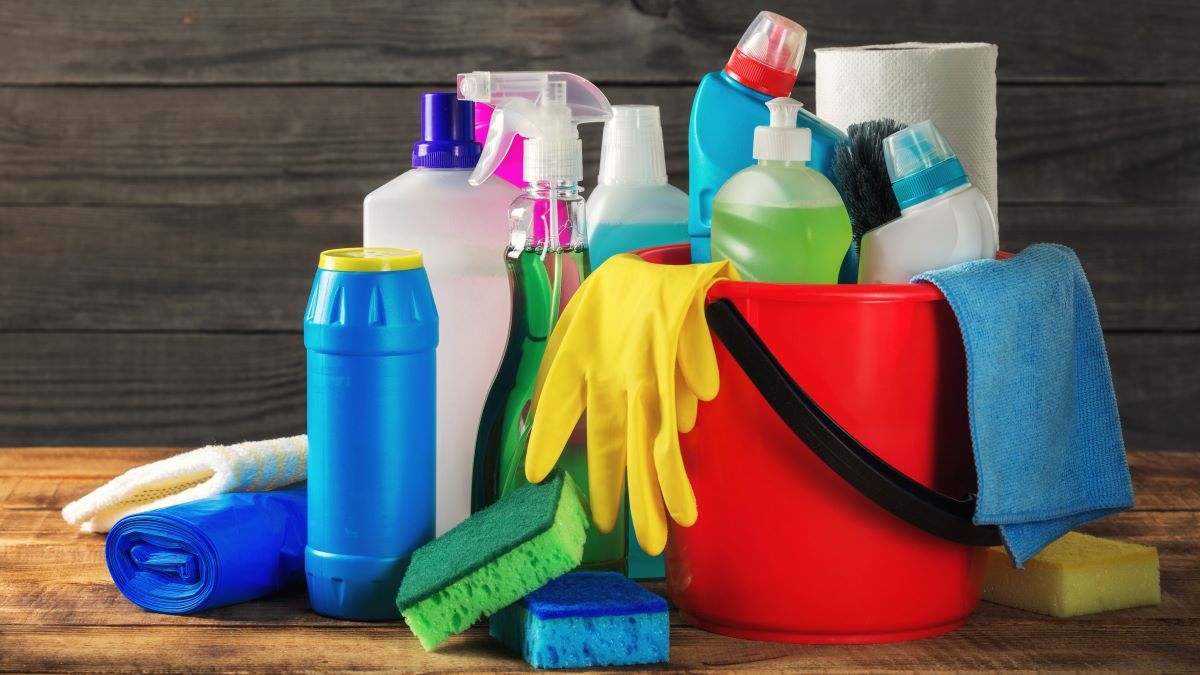
"Because the natural household cleaners market growing from $6.97 billion in 2024 to a projected $13.28 billion by 2030 , consumer awareness about the harmful effects of conventional chemical-based cleaning products has never been higher. A 2023 Environmental Working Group study analyzing 30 everyday cleaning products found that they emit 530 unique volatile organic compounds (VOCs), of which 193 are hazardous-potentially causing respiratory damage, increased cancer risk, and developmental impacts."
"The best and easiest option for dealing with unused cleaning products is simply to use them up. Sometimes this isn't possible, though-perhaps you're moving a long distance and can't take the cleaners with you. In such cases, your best bet is to give unused cleaning products away to a local charity, church, or homeless shelter. You can make a big difference in the lives of people in need by donating your usable products like dishwasher detergent, surface cleaners, and bleach."
Natural household cleaner sales are rising, with market value projected from $6.97 billion in 2024 to $13.28 billion by 2030. A 2023 Environmental Working Group study analyzing 30 everyday cleaning products identified 530 unique VOCs, 193 of which are hazardous and linked to respiratory damage, higher cancer risk, and developmental impacts. Americans generate roughly 1.6 million tons of household hazardous waste annually, and individual homes can accumulate around 100 pounds. Preferred options include using up products, donating usable items to charities, churches, shelters, or neighbors, and using community reuse sites. When donation is impossible, read product labels for proper disposal before discarding.
Read at Earth911
Unable to calculate read time
Collection
[
|
...
]